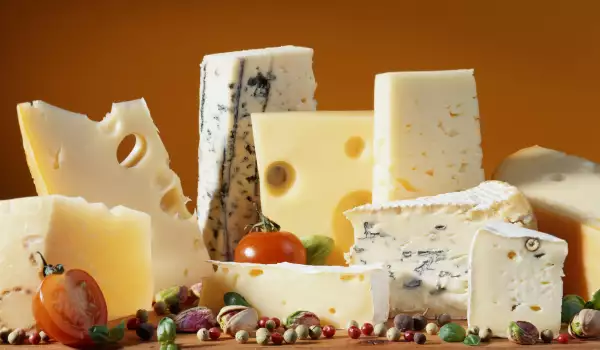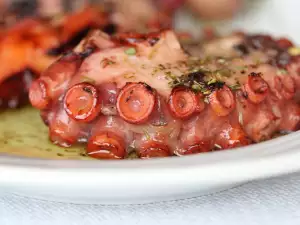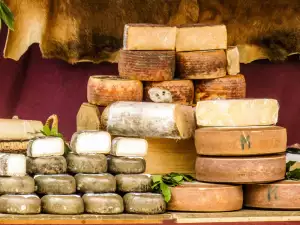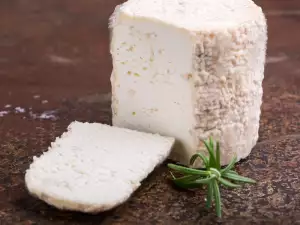There is a huge amount of cheese produced in the world, and most of it has an intense aroma, and some cheeses have a very strong odor that they can disturb the inexperienced buyer.
Oddly enough, the smelliest cheeses taste the best. Almost all flavored cheeses are made from unpasteurized milk. First on the list of smelly cheeses is Italian Taleggio.
It was first made in the tenth century and is one of the oldest soft cheeses. At that time, the cheese ripened by the coast, with the occasional salty seawater dousing it.
Taleggio is still made using the ancient technology and is washed with sea water once every few days. It has a soft texture reminiscent of butter, with a thin crust resembling tree bark and salt crystals on the surface. Its flavor has fruity nuances.

In second place is the famous English Stilton cheese. It is produced in only three places - in the counties of Derbyshire, Leicestershire and Nottinghamshire. Ironically, the village of Stilton that gave the cheese its name is banned from production because it lies outside the jurisdiction of these three counties.
Stilton can be as soft as butter or hard, crumbly, with blue veins. Stilton is served with various types of wine and is used to make soups.
Another famous English cheese is Stinking Bishop. It is obtained from the milk of special breed cows and is made on a farm in Gloucestershire. The color of the cheese is from white to orange-grey. The Stinking Bishop owes its name to a special pear variety of the same name. Cider was made from them, in which the cheeses were washed once a month.
The stinking bishop cheese is very tasty and delicate, and the unpleasant smell, which reminds of wet towels and dirty socks, disappears after the rind is removed.

Limburger, which is popular in Germany, smells like a unwashed male body. Brevibacterium linens bacteria are involved in the ripening of this cheese, which creates the smell of human sweat. Limburger is yellowish in color, varying to brownish. Its taste is intense, salty and spicy.
The most famous smelly cheese is Roquefort, which is produced in the south of France from sheep's milk and ripens in limestone caves and that's how it acquires a noble rot.
Brie de Mau, or just Brie made in Mau, is also very popular in France. Its taste was loved by all French kings and queens. It is not as fragrant as Camembert, but it is very similar. Brie is covered with a velvety white mold and has a nutty flavor. Served with red wine.
Époisses is Napoleon's favorite cheese and is forbidden to be carried on public transport. The recipe is the work of monks from the Époisses abbey who lived in the sixteenth century. The cheese is soaked in vodka and thanks to this it has a shiny crust with small wrinkles.

Its color is ivory to brown. The sharp taste and sharp smell of the unwashed body is manifested in this cheese only when it is fully ripened. According to experts, a true Époisses should smell like a woman who arouses desires.
Münster cheese was invented as early as the seventh century. It appeared as a monastic substitute for meat. According to legend, the monks experimented with milk for a long time and as a result a cheese appeared with a beautiful reddish crust and the smell of pastures and unwashed feet.
Camembert is one of the famous soft cheeses of Normandy and smells of ammonia and sodium chloride compounds. In France it is known as the "feet of God" because of its fragrance. Under the white mold hides an amazingly delicious yellow cheese.
Pont Leveque, also from Normandy, is perhaps one of the smelliest cheeses with a pedigree that dates back to the twelfth century. It is a soft cheese with a delicate rind covered with mold. Despite its awful smell, this cheese tastes of nuts and fruits.




















Comments